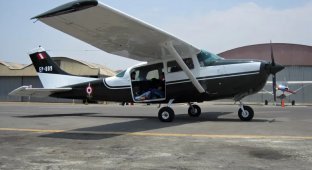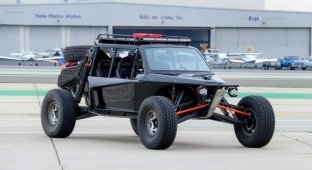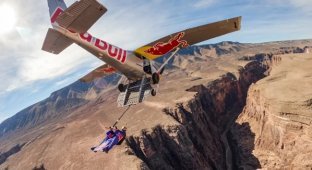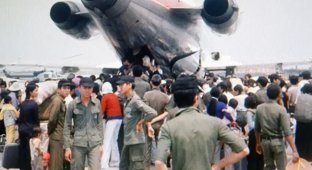Cessna 172 SkyHawk - the most popular aircraft in the world (6 photos)
The Cessna 172 Skyhawk is a true legend in the world of aviation, created by an aircraft manufacturing company founded in 1911 by American Clyde Cessna.
The first flight of the Cessna - 172 took place in 1955, and its mass production began in 1956.
To date, more than 44,000 copies of this aircraft have been produced, making it the most mass-produced aircraft in the history of civil aviation. 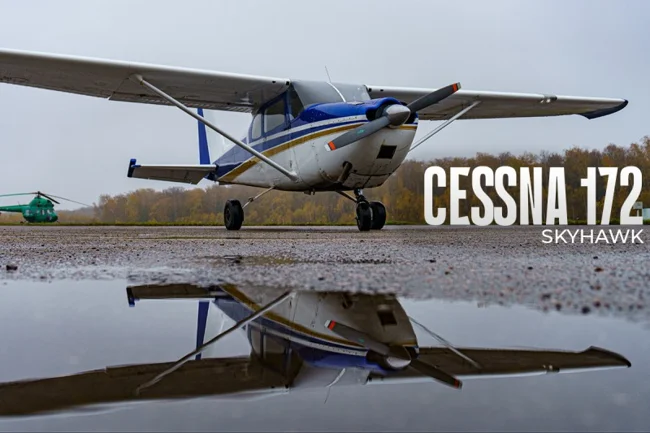
in 1985 the company was bought by General Dynamics, and since 1992 it has belonged to the Textron concern (in 2014 the Textron Aviation division was created, which, in addition to Cessna, included Beechcraft and Hawker, and from that moment Cessna ceased to exist as a separate company), the word "Cessna" itself has long been synonymous with light aircraft. 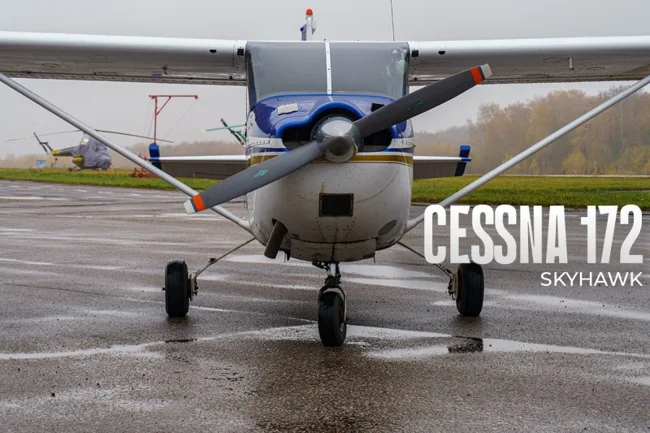
Over the 70 years since production began, more than twenty-five modifications of the Cessna 172 have been created, each adapted to different user needs.
Changes included improved engines (160 hp), modernized instrument panels and avionics, and changes in the fuselage design to improve the aerodynamic characteristics and strength of the high-wing and chassis. Electronics changed, fairings appeared on the chassis, but the concept of an "air car" did not change. 
The popularity of the Cessna 172 is largely determined by its flight characteristics and well-thought-out design. The aircraft from Cessna Aircraft Company combines easy controllability, good maneuverability with the inherent stability and overall reliability of high-wing aircraft. The decision to use a fixed-pitch propeller ensured ease of operation and increased reliability of the power plant. This combination of advantages - primarily predictability and stability of behavior - creates optimal conditions for novice pilots, allowing them to confidently master piloting skills. 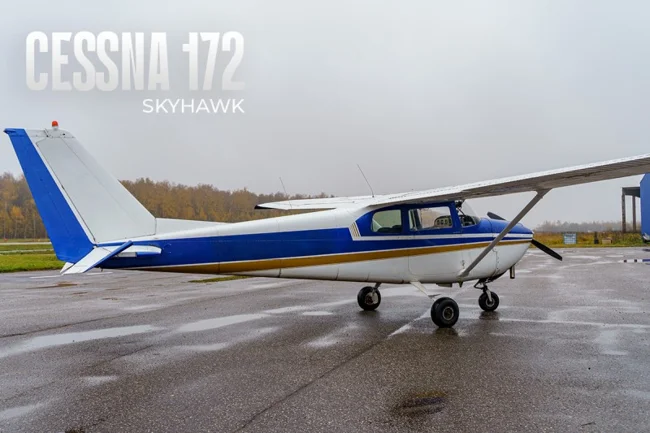
The Cessna 172's status as a benchmark for reliability is backed by its historic 1958 record: a continuous flight lasting 64 days, 22 hours, 20 minutes. To maintain this unprecedented marathon, the aircraft was refueled in the air (twice a day from a car), the pilots were supplied with food via thermoses, and the landing gear wheels were repainted - this served as irrefutable proof that the machine never touched the ground during this entire time. This experiment is the most striking illustration of the outstanding survivability of the design. 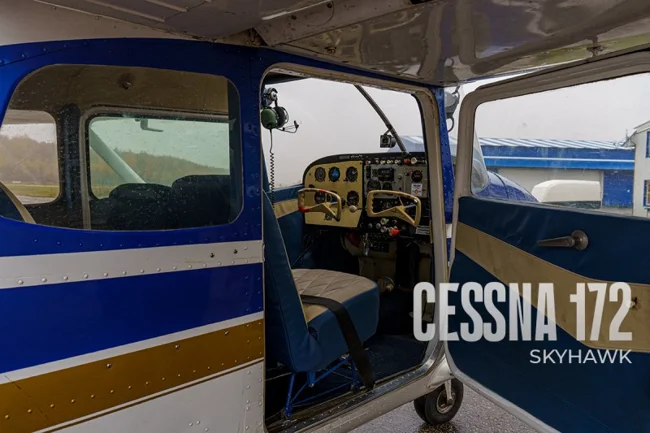
On May 28, 1987, German amateur pilot Matthias Rust, flying a Cessna, landed in Moscow right in front of St. Basil's Cathedral. For his irresponsible act, as Rust himself later called the flight, he received four years in prison. Several senior military leaders lost their posts, and the Soviet air defense received a serious blow to its reputation.
In 1988, after his return from the USSR, the German authorities revoked Rust's pilot's license. It was only several years later that it was restored. 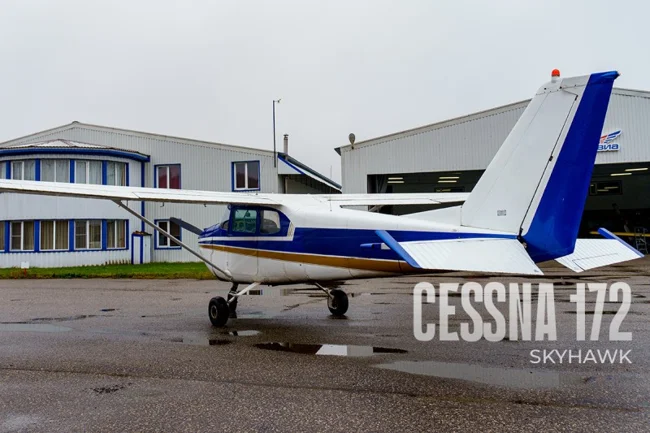
The Cessna 172 often appears in adventure films as the plane of a strong and charismatic main character flying somewhere over the African savannah. James Bond did not ignore the Cessna, who flew it in several parts of the franchise.
The directory of films in which the Cessna 172 flashed in one way or another includes 284 films.












